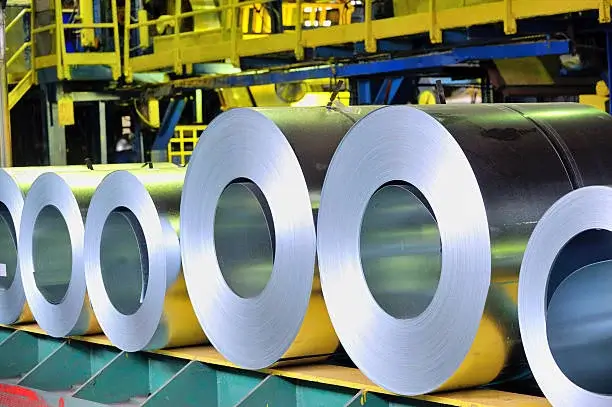Last year, the European Commission agreed a recovery and resilience plan worth around 60 billion euros with the country's previous government, led by the nationalist Law and Justice (PiS) party. Access to the funds - part of the EU budget for 2021-2027 - was subsequently blocked due to concerns about changes made to Poland's legal system.
A new government led by a pro-European prime minister was elected last December -Minister Donald Tusk. Later that month, the government received the first installment of some €5 billion of previously blocked EU funding. An additional €6.9 billion has now been applied for, and the reforms could provide access to much more funds.
Such a cash injection could provide a significant boost to the region's steel mills. Poland's recovery and resilience plan will use its multibillion-dollar cash injection to upgrade residential housing to make it more energy efficient. Meanwhile, the Offshore Wind Fund will stimulate private investment in large-scale renewable energy projects.
These developments may take time to materialize. However, they will add to hopes of a market revival.
Economic pressure
During the February research period, steel market participants in Poland and the neighboring Czech Republic reported that demand - especially from the key construction and automotive sectors – remains weak in Central Europe. They continue to suffer the consequences of reduced exports to Germany.
In 2023, the German economy contracted by 0.3%. The Hamburg Commercial Bank (HCOB) German construction sector PMI, available through FactSet, came in at 36.3 in February, well below the 50-point difference between expansion and contraction. The HCOB's German manufacturing PMI is 45.5, despite six consecutive months of improvement.
The steel sector in Poland and the Czech Republic remains weak. However, the countries' economies are showing signs of greater stability.
In January, Poland's inflation rate fell to 3.9% from 6.2% a month earlier, well below the January 2023 level of 18.4%. . In the Czech Republic, inflation fell from 6.9% to 2.3%, the lowest level since March 2021.
Across Europe, a long period of lower inflation should open the door to lower interest rates. This will free up finances and increase purchasing power, stimulating construction and retail activity.
Supply and demand are at an impasse
Increasing demand will put upward pressure on steel prices in Central Europe. However, the February survey found an impasse between buyers' cautious purchasing approach amid weak demand and factories' need to maintain prices due to higher raw material costs.
Limited domestic supply also helped consolidate recent price increases, which continued into February . Liberty Steel's production problems at its plants in Częstochowa, Dunaferra, Galati and Ostrava have reduced procurement opportunities in the region. Experts believe US Steel Kosice benefited from the disruption by receiving good forward orders. However, even the latest increase in prices at factories failed to attract the attention of buyers.
Suppressed demand will remain the defining feature of the European steel sector in the coming months. However, potential EU funding for Poland has combined with hopes of lower interest rates to raise sentiment about the outlook for the steel market.





